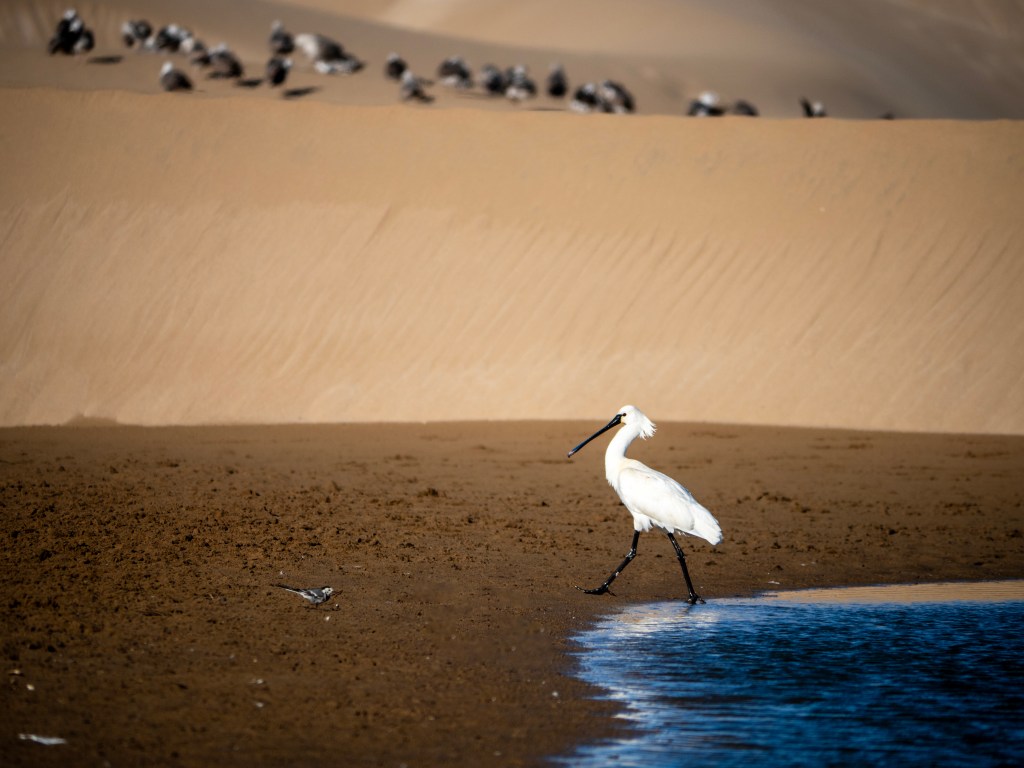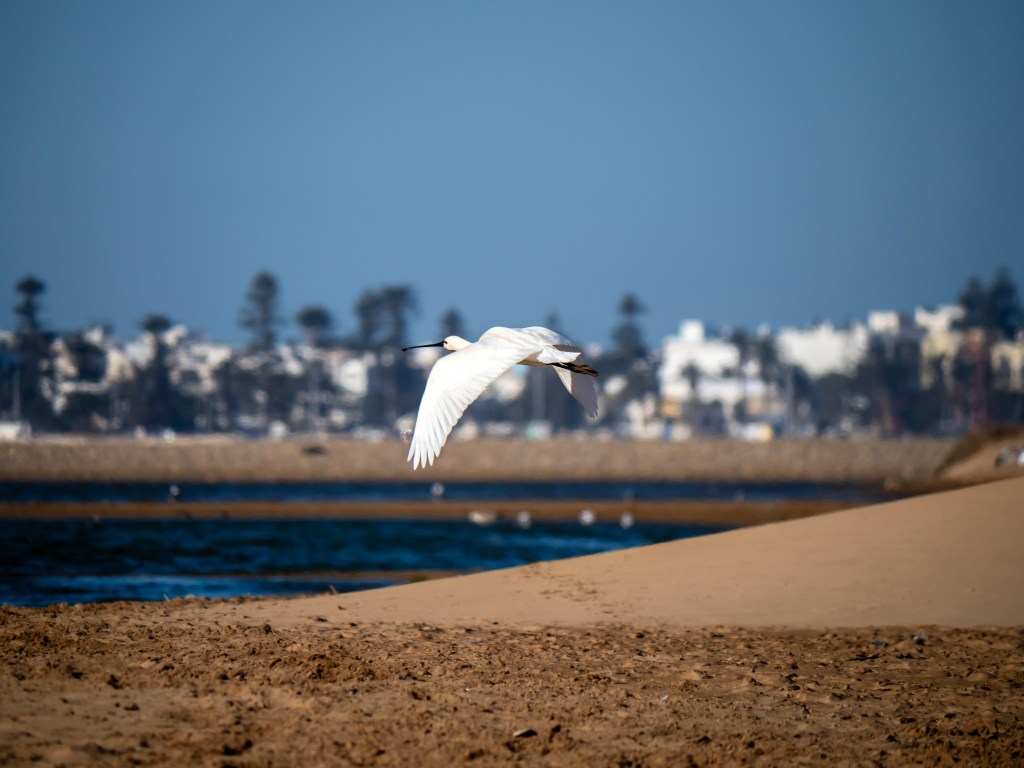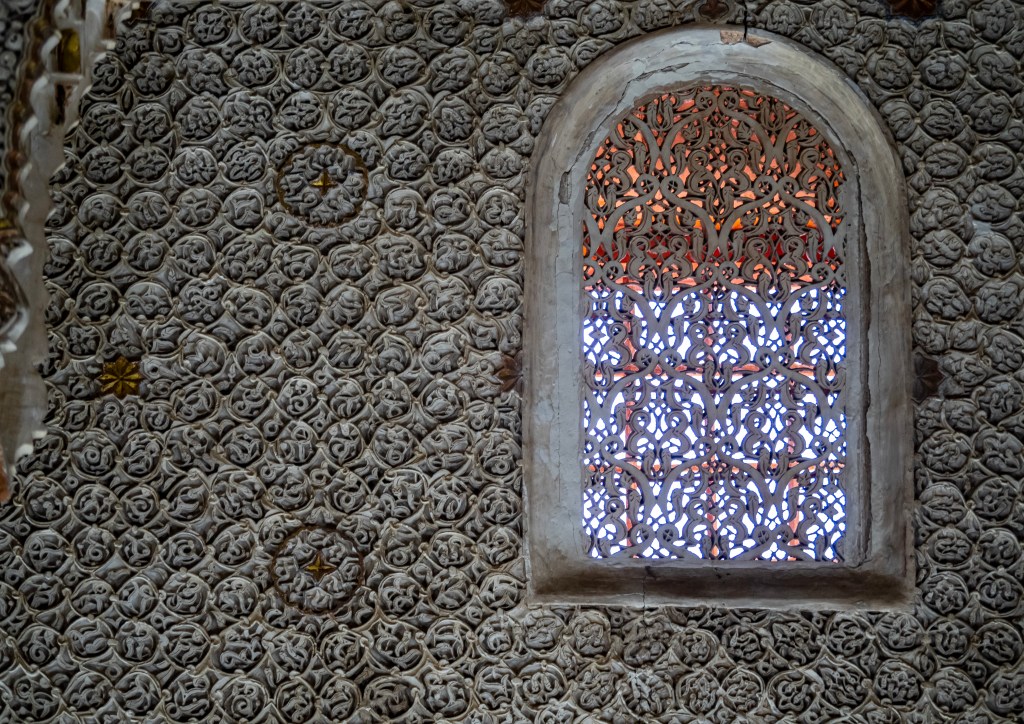With the release of the OM System OM-3, attention has focussed again the many benefits of the Micro Four Thirds system. Long-time fan Geoff Harris raves about one of his favourite Micro Four Thirds lenses
Light and relatively cheap lenses are a real benefit of Micro Four Thirds, as I realised again after a recent purchase of the Panasonic Lumix G Vario 100-300mm f/4-5.6 II Power OIS. Indeed, the most inconvenient thing about this lens is its long clunky name, as it’s just a wonderfully versatile telephoto zoom that is ideal for a range of genres – notably travel, street and bird photography.
The lens, which I will call the Panasonic 100-300mm for convenience, provides an extremely useful equivalent focal length of 200-600mm, and is just 126mm long and 520g in weight.
Via some careful shopping around, I picked one up in mint condition for only £280 ($350) including delivery from MPB, and it’s fast becoming one of my favourite everyday lenses. I’d struggle to get a comprehensive car service for £280 and this lens will last a lot longer.
The Panasonic 100-300mm just about fits into a coat pocket, but is easily accommodated in a travel pouch or small shoulder bag. You can also slip it into a cabin bag when you are flying, even the small ones demanded by budget airlines, so it’s an ideal travel companion.
Fantastic for travel
On a recent trip to Essaouria in Morocco, the Panasonic 100-300m really came into its own, proving particularly useful for street and general travel images. At times, Morocco is not the easiest place to shoot, as the locals are not always happy about being photographed, particularly in the rather ‘full-on’ tourist magnet of Marrakesh.

It’s important to respect the local culture, so I found the Panasonic 100-300mm was ideal for soaking up interesting street scenes without having to stick a camera in somebody’s face or attracting undue attention. The same applied while shooting in Essaouria’s highly photogenic port area, where fishermen delivery their daily catches.

The Panasonic 100-300mm is very handy for getting started in bird photography too. The lens is built down to a price, so you ‘only’ get an aperture of f/5.6 at the far zoom end – you get f/4 at its wider focal lengths – but I found this was more than enough in decent light. A much bigger attraction is the lens’ 5-axis optical Image stabiliser, which I found worked really well.
With birds, you need to be patient, and again, the relatively low-weight helps here – you never feel the lens is a burden on your arms or shoulders.

This image stabilisation overrides the stabilisation built into my Olympus E-M1 Mark III (another great budget choice when you buy used) and it just ‘works.’ You can always turn it off and see if the camera’s IS does a better job, but I’ve not felt the need to do this so far. Being relatively light, the Panasonic 100-300mm is also quite easy to hold firmly when zoomed in, with the supplied lens hood providing some useful extra grip.

It’s also worth noting that the Panasonic 100-300mm works with the ProCapture mode on certain Olympus and OM System cameras. To recap, ProCapture is a pre-capture function that is particularly handy for bird photography. You half press the shutter button to start buffering images, and your camera can save up to 70 of the most recent buffered images both before and after the shutter is released.
Note, however, the lens only supports ProCapture ‘High’ mode which means you can’t use Continuous AF – only single focus, which is locked after the first frame. That said, you can still get access to 60 frames per second, and it works well with birds about to take off.

To conclude, the Panasonic Lumix G Vario 100-300mm f/4-5.6 II Power OIS is an amazing lens for the money and I can’t see myself parting with it for a long time. Considering all the benefits outlined above, plus the inclusion of dust- and splash-proof design, it’s a no brainer.
Check out our guide to other great Micro Four Thirds lenses here.







